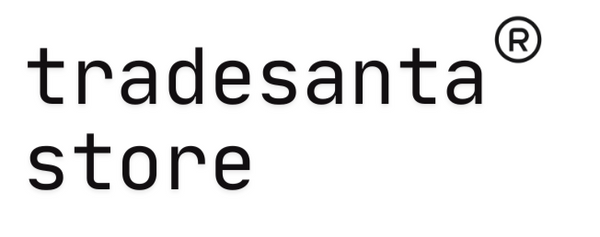Navigating the volatile world of cryptocurrency can be overwhelming, especially when traders lack an understanding of key support and resistance levels. These essential concepts have become indispensable tools in developing effective trading strategies. By identifying these levels, traders can make more informed decisions and gain confidence in their market predictions.
In cryptocurrency trading, support and resistance levels are fundamental. Support levels act as a price floor, preventing further declines, while resistance levels act as a ceiling, capping price rises. These concepts have revolutionized trading strategies, enabling traders to pinpoint market opportunities and manage risks more effectively.
Understanding crypto support and resistance isn’t just about theory; it’s about turning market uncertainty into actionable insights. By mastering these levels, traders gain a clearer view of potential price movements and can make better-informed decisions, thus reducing stress and increasing trading confidence.
Understanding Crypto Support and Resistance
Grasping Support Levels
Support levels are critical to crypto traders, functioning as psychological floors where demand picks up, preventing further price drops. By analyzing these levels, traders can identify potential price rebounds, providing lucrative buying opportunities.
Navigating Resistance Levels
Resistance levels emerge when the market perceives a price point as an opportunity to sell. Recognizing these levels allows traders to anticipate market pullbacks and take advantage of favorable conditions.
Leveraging Market Dynamics
Knowing where support and resistance levels lie enhances a trader’s understanding of market dynamics. This knowledge aids in identifying trends, assessing risk, and crafting more effective trading strategies by focusing on where supply and demand meet.
Identifying Support and Resistance in Cryptocurrency Markets
Analyzing Historical Price Data
Traders often use historical price data to spot past price lows, which often coincide with support levels. By analyzing these points, one can forecast potential price movements, improving trade timing.
Recognizing Psychological Support Zones
Round numbers often serve as psychological support zones. Traders instinctively view these levels as price floors, which leads to significant buy orders. Understanding these zones can refine trading strategies and increase profit potential.
Detecting Resistance Levels in Crypto Trading
Finding Previous High Price Points
Past price peaks act as potential resistance levels. These highs represent price points at which selling pressure increases, making it difficult for the price to rise beyond that level. By identifying such peaks, traders can predict when the market may experience resistance.
Observing Market Sentiment and Trends
Market sentiment and trends play a crucial role in determining support and resistance levels. By monitoring investor behavior and keeping track of key psychological price points, traders can better predict potential price reversals.
Utilizing Technical Analysis Tools for Support and Resistance
Employing Moving Averages
Moving averages are invaluable in understanding support and resistance levels. They act as dynamic barriers, helping traders spot trends and gauge potential market movements. The 200-day moving average, for instance, provides key insights into long-term trends.
Using Fibonacci Retracement Levels
Fibonacci retracement levels are key to determining potential support and resistance points during price corrections. These levels align with past price action, providing a solid framework for traders to make informed entry and exit decisions.
Implementing Crypto Support and Resistance in Trading Strategies
Setting Stop-Loss and Take-Profit Levels
Support and resistance levels are critical in setting stop-loss and take-profit levels. By positioning stop-loss orders just below support and take-profit orders above resistance, traders can protect themselves from unnecessary losses while locking in profits at key price levels.
Designing Entry and Exit Points
Using support and resistance to design entry and exit points ensures a more systematic trading approach. By entering trades near support levels and exiting near resistance, traders can maximize returns while minimizing risk.
Avoiding Common Mistakes with Crypto Support and Resistance
Overrelying on Historical Data
While historical data is useful, relying solely on past trends can be misleading. Crypto markets are highly volatile, and what worked yesterday may not apply today. A balanced approach incorporating both historical data and real-time market conditions is essential for making sound decisions.
Ignoring Volatile Market Conditions
Ignoring market volatility is a mistake many traders make. The crypto market is unpredictable, and external factors can drastically alter price movements. Being aware of market news and adjusting trading strategies accordingly can help mitigate risks.
Conclusion
Mastering support and resistance levels has profoundly impacted cryptocurrency trading strategies. By using these concepts along with tools like moving averages and Fibonacci retracements, traders can confidently navigate the market, make more accurate predictions, and minimize emotional decision-making. Adapting to ever-changing market conditions ensures that traders remain flexible, prepared, and ready to capitalize on the opportunities the crypto market presents.
FAQ
How can support and resistance levels improve crypto trading strategies?
Support and resistance levels help traders identify potential price reversals, set entry and exit points, and manage risks. By using these levels, traders can make more informed decisions, predict market movements, and reduce emotional trading, leading to better long-term results.

